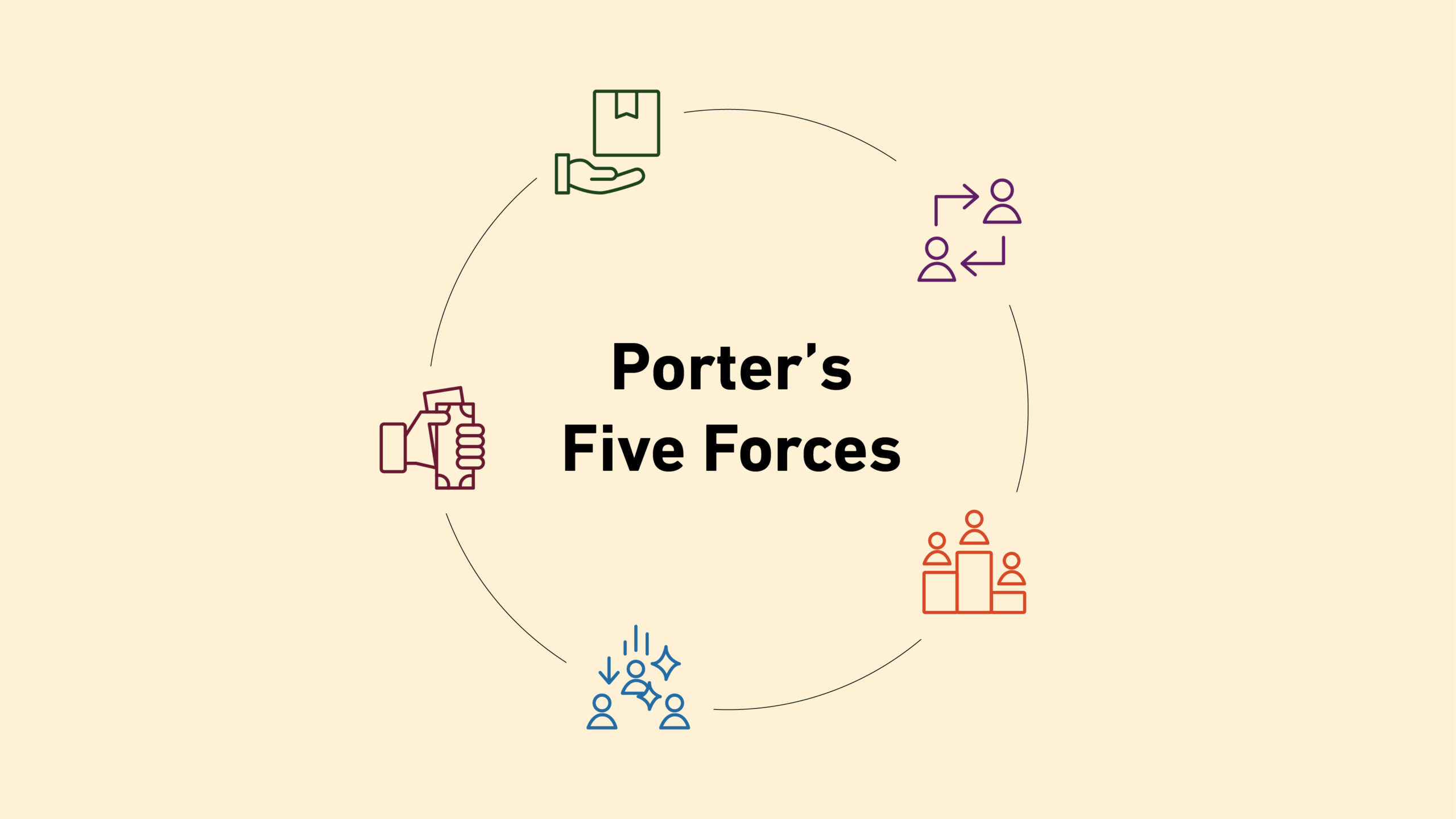Did Netflix just put a headlock on the entertainment industry? On January 23, the company announced a US$5 billion deal to stream the professional wresting show Raw and other programs from World Wrestling Entertainment, expanding into live sports programming (the recent sexual-assault allegations against WWE founder Vince McMahon, which led to his resignation from the board of WWE’s parent company, appear unlikely to derail the partnership).
It’s an expansive deal, beginning in January 2025 and running for ten years. Netflix will air Raw in the US and internationally, and will have the rights to all WWE shows outside the US. It also may be a harbinger of what’s to come in the world of streaming services and sports. Over the next several years, the contracts for broadcast rights to the NBA, NFL, NHL, and MLB in the US will come up for renewal, as well as the domestic and US rights to top soccer leagues such as the Premier League (UK), La Liga (Spain), Seria A (Italy) and Bundesliga (Germany). The streaming services will be serious contenders in the bidding for all of them.
Netflix has previously declined to jump into sports. “We’re not anti-sports, we’re pro-profits,” co-CEO Ted Sarandos said last year. Making a major foray into sports, even if it’s a scripted one, may be a signal that Netflix is seeing—or at least planning for—a ceiling in terms of how many new subscribers it can attract without sports.
The biggest problem with sports programming is that while it does the things a broadcaster wants it to—steadily bring in dedicated viewers—over time the rights can become addictive for companies. If a sport increases in popularity, that improves profitability and hopefully leads to good returns on the investment for the rights holder. However, those attractive returns also lead to a higher renewal contract, which resets profitability at a lower level even when competitive dynamics are benign.
The problem for Netflix is that the sports-rights competition is not benign. Netflix will be competing with Paramount, Peacock, and Disney, as well as big-tech companies that have completely different strategic goals. For tech companies like Amazon and Apple, for example, “success” in terms of sports programming is more about e-commerce or hardware sales than subscriber profitability.
Netflix has spent roughly US$17 billion a year on content since 2021, a level it plans to maintain for the foreseeable future. The company said that the WWE deal would not add to its content budget, meaning it expects to spend less elsewhere. On one level, then, this is not an expensive bet. WWE already has a fanatical global audience and NBC is paying nearly US$300 million annually just for the US rights. Maybe US$500 million a year for global rights is a bargain.
Given Netflix doesn’t have any legacy networks to protect like some of its competitors do, it sidesteps a lot of the messy problems in the industry. But Netflix has its own set of pressures with which to contend. In 2023, Netflix’s subscriber base rose to 260 million, which was a record. Its growth rate, however, is slowing. In the past two years, the subscriber base is up 17%. In the two years prior to that, it rose 33%. Netflix used to be valued and treated like a tech stock. These days it is valued and treated more like a media company.
Shaded area represents the pandemic and post-pandemic period.
Source: Statista
With this 10-year deal, the company has now locked in billions of costs, and it will have to prove over the next decade that Roman Reigns, Rhea Ripley, and Finn Bálor will be enough of a draw to make the deal profitable. If WWE programming can help Netflix both bring in new subscribers and keep churn at current levels or lower, then the deal is absolutely worth it.
Netflix is being ambitious by entering into the sports rights rat race, but it won’t be clear for some time whether it’s being ambitious and opportunistic or ambitious and foolhardy. Last year Netflix earned US$5.5 billion, up from US$4.5 billion the year before. In streaming, any profits are rare, so Netflix is looking better than its peers. But like its subscriber-base growth, its earnings growth rate has been decelerating, too. With earnings growth in mind, it will be important to keep an even closer eye on Netflix’s content spending from now on. ∎




